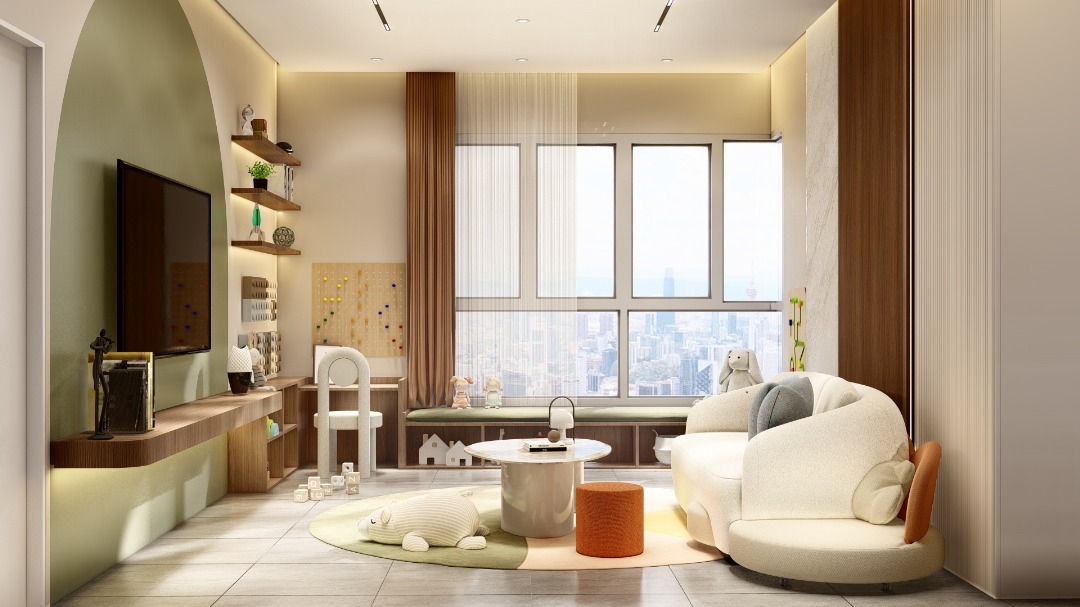Business Today – Tuesday, 15 July 2025

A growing trend in Malaysian high-rise developments sees families increasingly opting for balcony-free home designs, driven by a renewed focus on safety and the demand for more usable living space. This shift is setting a new benchmark for practical, family-focused urban living.
The importance of residential safety has been quietly underscored in recent months. Between May and June 2025, three separate incidents in the Klang Valley and Putrajaya involved children falling from high-rise balconies, prompting calls for a review of residential safety standards. While the Uniform Building By-Laws (UBBL) 1984 mandate balcony railings to be at least one meter high, experts suggest this may be insufficient, particularly for young children.
The Children’s Commissioner to the Human Rights Commission of Malaysia (SUHAKAM) has described such incidents as preventable, advocating for a more proactive approach to residential safety. As high-rise living becomes more prevalent for families with children and elderly relatives, safety is moving from an afterthought to a foundational design principle.
Alongside safety, the efficient use of space is a major consideration for urban families. Many traditional high-rise balconies are often underused, relegated to storage or rarely visited. Families are increasingly seeking flexible indoor areas for various activities such as work, learning, play, and relaxation.
Responding to these evolving needs, developers like Trinity Group are integrating solutions by incorporating the traditional four-foot balcony into the living room. This transformation converts an outdoor ledge into a valuable, functional living space that can serve as a study corner, playroom, coffee nook, or a versatile family hub, all without increasing the built-up area or overall costs.
The advantages of balcony-free design are: Enhanced Safety: Eliminates the risk of accidental falls, offering greater peace of mind for parents and caregivers. Increased Usable Space: Residents gain a larger, brighter living area that can be adapted to their specific needs. Optimised Natural Light: Outward-facing bedrooms and a design that allows for 80% more natural daylight than minimum requirements contribute to a healthier indoor environment.
This shift signifies a move towards prioritising functionality and well-being in urban homes. While experts and advocates continue to call for updates to building bylaws to enhance protection for children and vulnerable residents, forward-thinking developers are already setting higher standards.
CY Ng, Chief Sales & Marketing Officer at Trinity Group, noted that this evolution is not about sacrificing a feature, but about gaining what truly matters in dense urban environments: enhanced safety, more versatile space, and greater flexibility for families to thrive together. The group believes that by embracing practical living and putting safety and family needs at the core of design decisions, Malaysian cities can redefine what “home” truly means.

